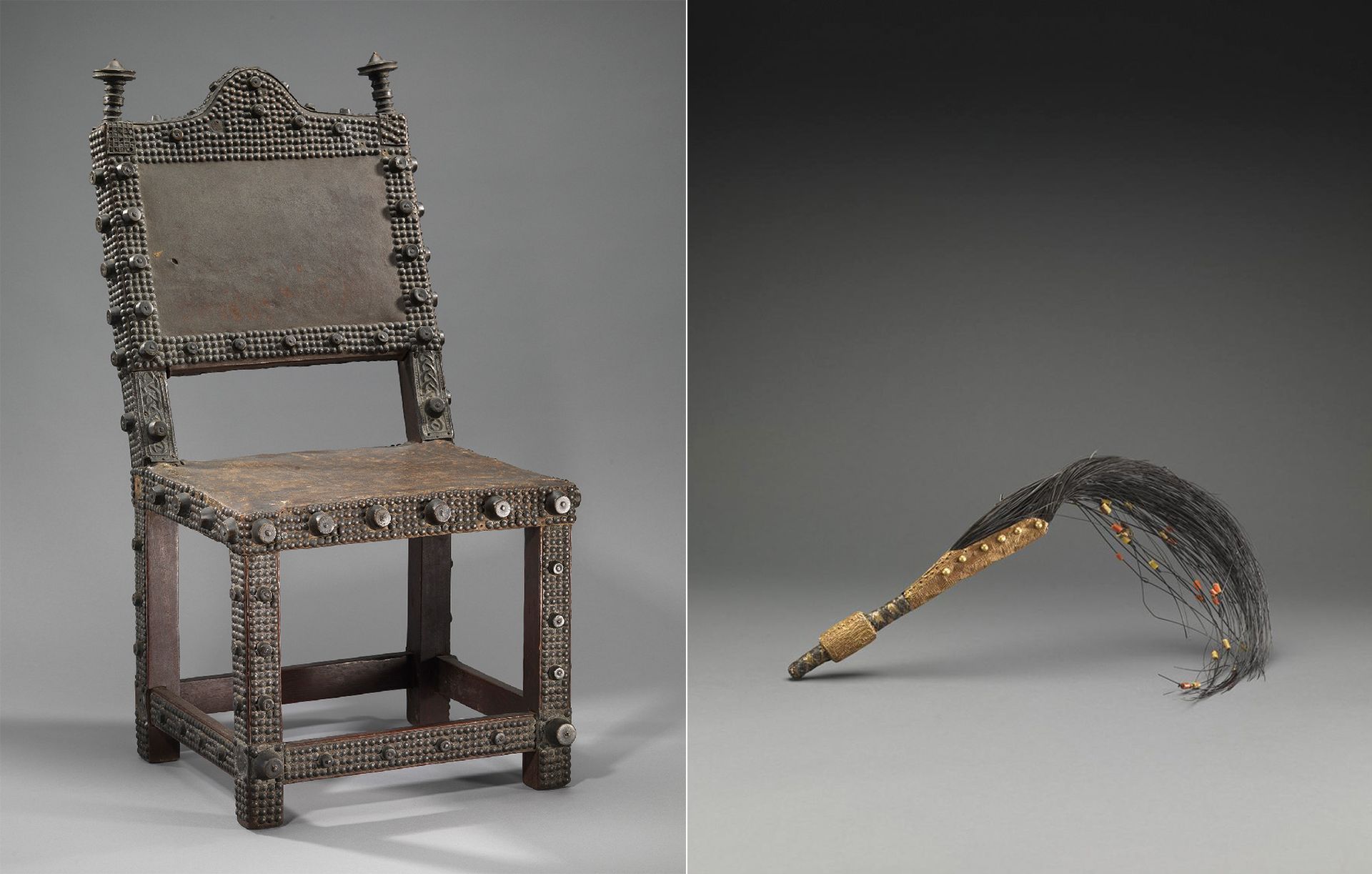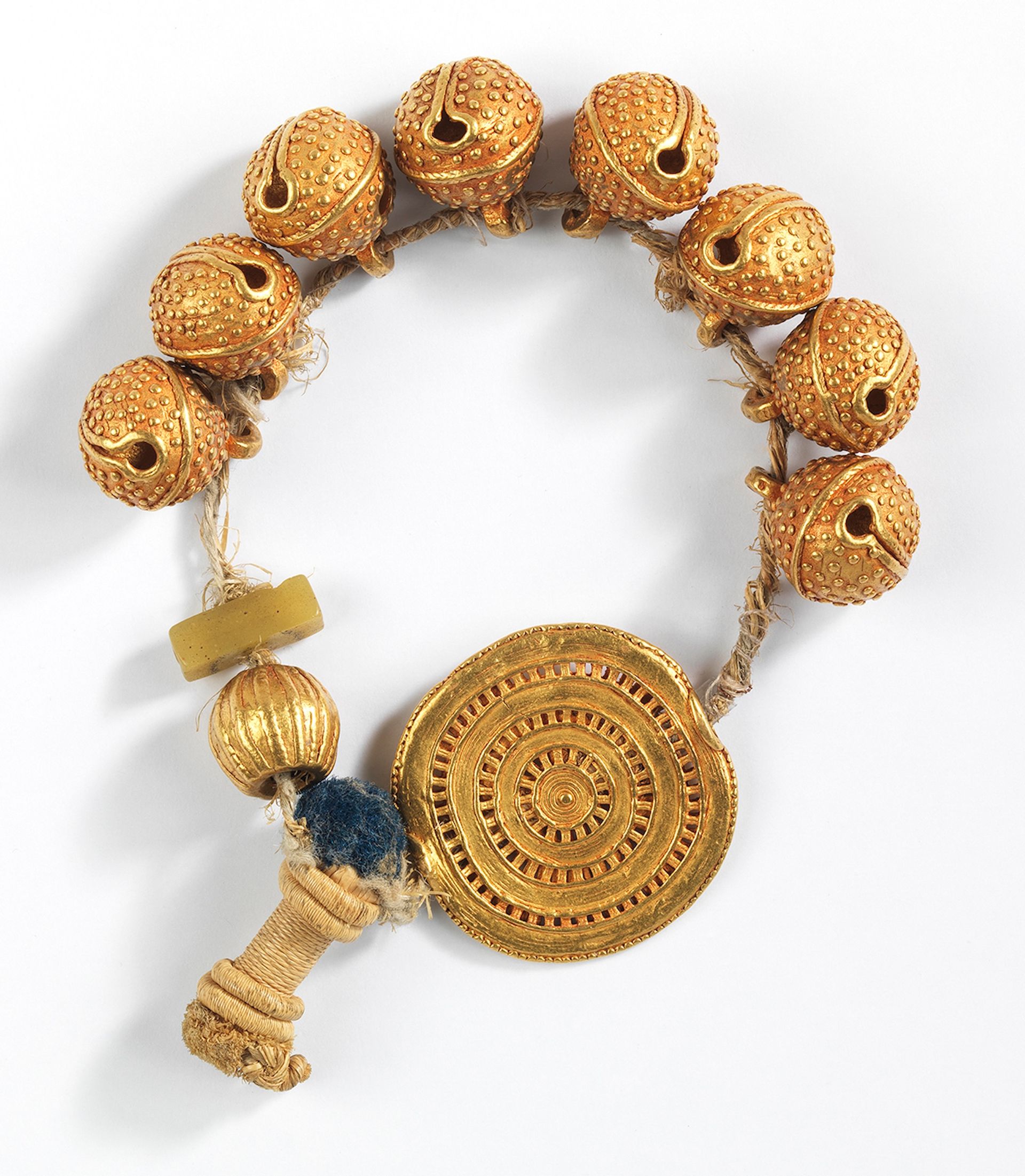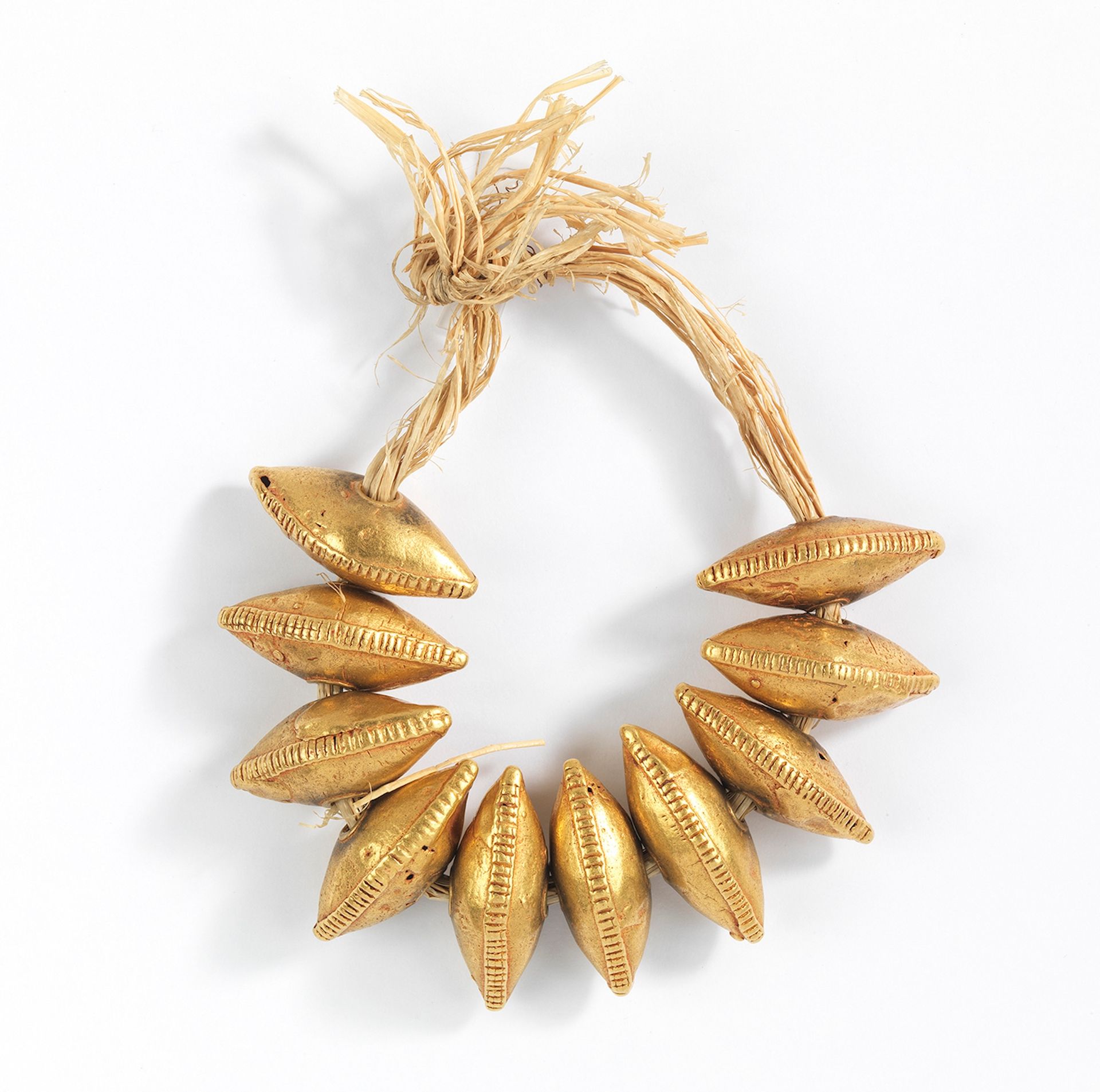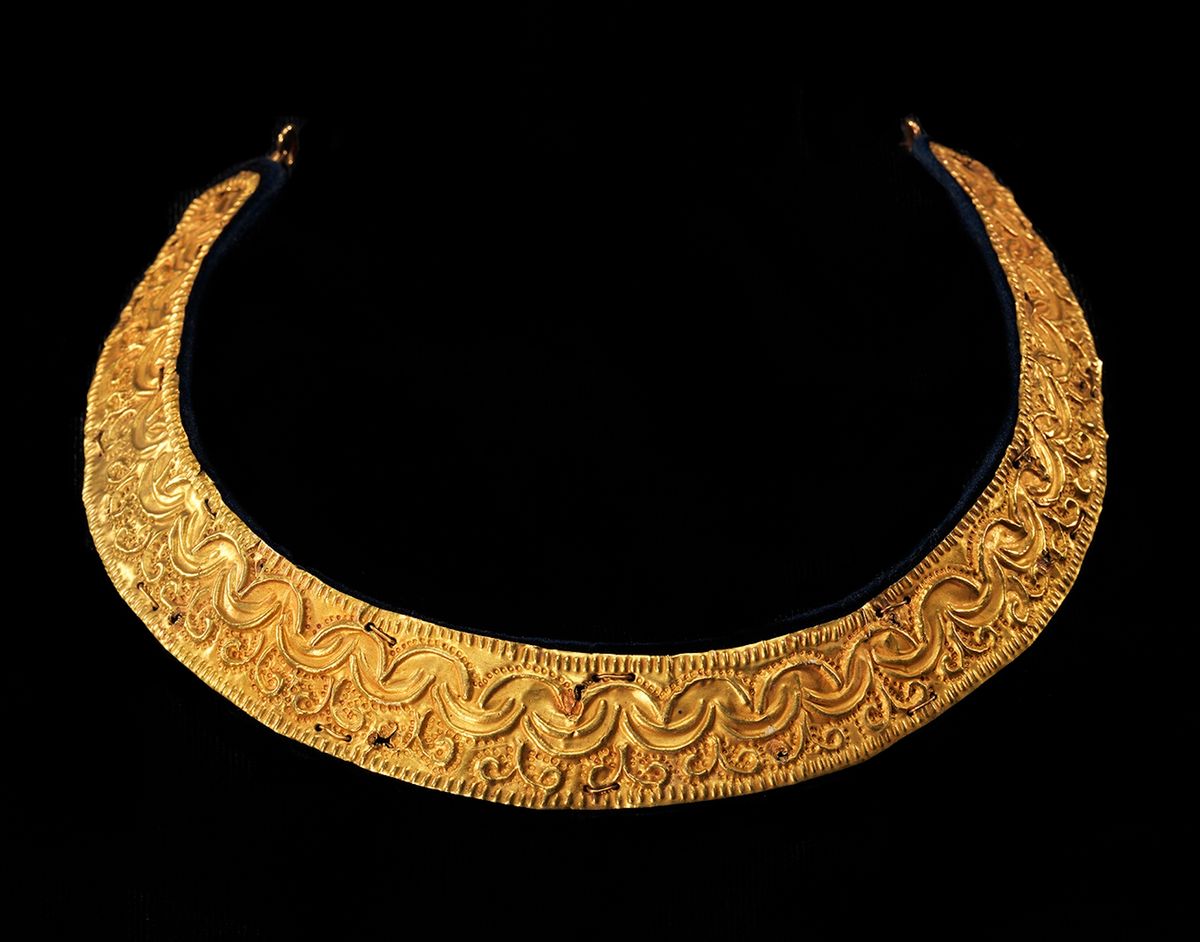Seven handcrafted Asante objects have just travelled halfway around the globe to be returned, 150 years later, to the family of their original owners in Kumasi, Ghana. On Monday (5 February) they were formally handed over by representatives of the Fowler Museum at the University of California Los Angeles (UCLA), to the Asante royal family. These objects, including pieces of elaborately worked gold, had been stolen or extorted from the Asante by the British during the Sagrenti War in 1874, a fact revealed when the museum undertook a sweeping look into the provenance of its African art collection.
These objects had been part of a gift of 30,000 objects from the Wellcome Trust in 1965, a gift considered foundational to the Fowler, which was established at UCLA just two years before. “Even though we have legal title to these objects, we don’t own these objects,” says Silvia Forni, the director of the Fowler. “They are objects that we have in custody, not just for UCLA and the public, but also we have a responsibility, which is an ethical responsibility to the community of origin.”

Left: Unidentified artist(s) (Asante peoples, Kumasi, Ghana), Asipim (ornamental chair), before 1874, wood, brass, iron and leather. Right: Unidentified artist(s) (Asante peoples, Kumasi, Ghana), Sika Mena (elephant tail whisk), before 1874, gold, elephant hair, glass and silver. Both Fowler Museum at UCLA, Gift of the Wellcome Trust
The objects being returned include gold jewellery and ornaments, an asipim (ornamental chair) and a sika mena (elephant tail whisk). The whisk “is a ceremonial piece that is held by someone of incredibly high status”, says Erica P. Jones, the museum's manager of curatorial affairs and senior curator of African arts.
When the Fowler received a Mellon Foundation grant in 2019, it launched an investigation of the African objects from the Wellcome gift. Jones and an assistant scanned all the “flimsy cards” that came with around 4,000 objects and created a spreadsheet. The seven objects being repatriated stood out as clearly coming from the Sagrenti War of 1874, in which the British infamously looted the Ashante royal palace in Kumasi.

Unidentified member(s) of gold workers' guild (Asante peoples, Kumasi, Ghana), strand of seed or bug shaped beads, single whole bead, and a gold disk, worn as a bracelet or anklet, before 1874, gold and cordage fiber Fowler Museum at UCLA, Gift of the Welcome Trust
To help return those objects, the Fowler called on Tufts University professor and palace scholar Kwasi Ampene, who became the liaison with the Asante royal family. “He was a really incredible ally in guiding us through the process,” says Forni. Last year, Jones travelled to Ghana to meet directly with the king, Otumfuo Osei Tutu II. “They said the 150th anniversary [of the looting] is coming up,” she recalls, “could you get them back by then?” This month marks the launch of commemorations of both the Sagrenti War and the king’s Silver Jubilee.
The topic of museums returning or not returning objects that other countries may lay claim to is a complex one. Just last month, the British Museum and the Victoria & Albert Museum announced that they would loan to Ghana a number of objects that were taken from West Africa by the British army in the 19th century. The British Museum received the lion’s share of the Wellcome collection from the Wellcome Trust; for years it has also dodged demands from the Greek government for the return of the Parthenon marbles and from Nigeria for the Benin bronzes.

Unidentified member(s) of gold workers' guild (Asante peoples, Kumasi, Ghana), ten large beads worn as bracelet or anklet, before 1874, gold and cordage fiber Fowler Museum at UCLA, Gift of the Wellcome Trust
For decades the Fowler has been repatriating Native American grave items, but this is its first international return. “It’s really a shift because museums for a long time have thought of themselves as the ultimate repository of art, of these amazing treasures that were important for nations and communities,” says Forni. “That is still what many museums are, but there’s really a lot to learn. We’re an accident of history, and we can change, just like the world around us changes, and we can do new work in this new world.”
The Fowler has digitally scanned the objects being returned and hopes to have replicas of them made by Asante craftspeople, and later put them on display to tell a fuller account of their histories.


